WNBL CBA 2025: New women’s league unveils Collective Bargaining Agreement
The WNBL salary cap will grow by almost $200,000 and the minimum wage will double over the life of a landmark new collective bargaining agreement. MICHAEL RANDALL has the details inside.
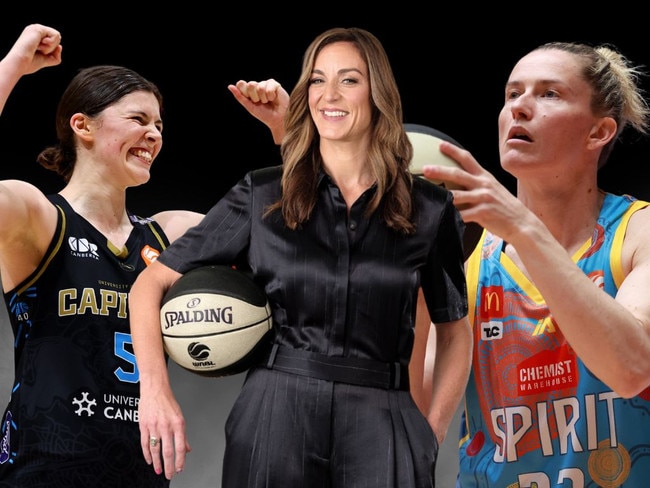
Basketball
Don't miss out on the headlines from Basketball. Followed categories will be added to My News.
The WNBL salary cap will grow by almost $200,000 and the minimum wage will double over the life of a landmark new collective bargaining agreement.
The four-year CBA, struck under the new ownership of Tesla chief executive Robyn Denholm’s Wollemi Capital and Larry Kestelman’s NBL, aims to end years of frustrating short-term agreements that have left players repeatedly in limbo and delayed free agency on several occasions.
Reigning WNBL MVP and Opals Paris bronze medallist Sami Whitcomb said the long-term agreement would provide the security the playing cohort had been crying out for, while addressing the recent mass exodus of elite local talent from the league.
“For the first time we, as players, really do have security with that,” Whitcomb said from Phoenix, where she is in WNBA training camp with the Mercury.
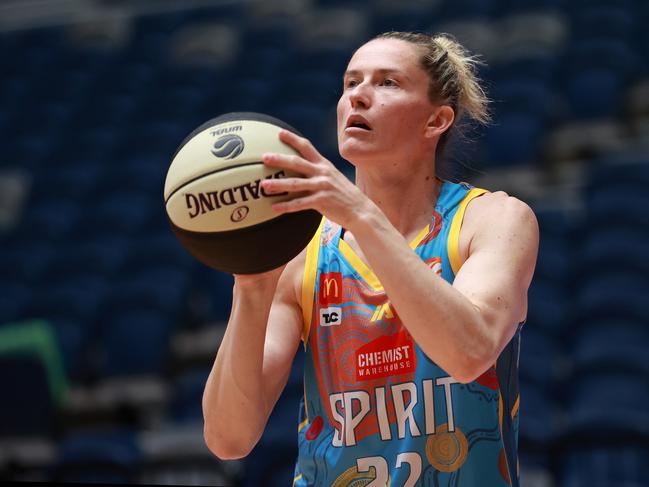
“It’s not this year-to-year uncertainty. It’s been difficult in the past to even sign multi-year contracts in this league because each year, we’re told ‘oh, we don’t know what the salary cap is going to be’.
“It’s also been difficult to retain top Australian players but this now makes it a place where people can really put down roots and establish themselves going forward.
“This is something that we’ve been building for in women’s sport in general but definitely in the WNBL and there’s a lot of a lot of people that have been working really hard at this, so I’m really pleased at this result.”
This season’s salary cap has been set at $574,348 — up from $532,331 — and will rise to $723,513 by 2028-29. The $23,000 minimum wage players earned last season will more than double to $46,952 by year four of the deal — providing pro-rata minimum wage parity with the NBL.
WNBL chief executive Jennie Sager called the new CBA a “historic moment for women’s basketball”.
“This is more than a pay deal — it’s a declaration of intent,” Sager said.
“It’s creating an environment where players can thrive on and off the court. With this agreement, we are not only delivering pay parity, but we are investing and supporting the wellbeing and careers of our athletes.
“This is the kind of change that retains talent in Australia and signals to every young girl picking up a basketball that there is a future here.”
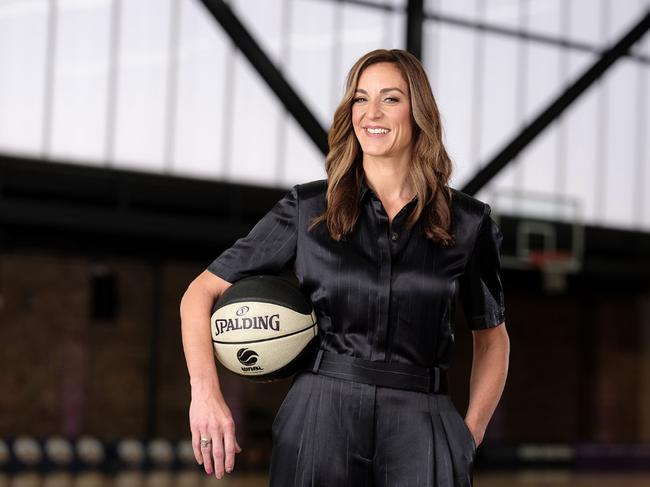
The WNBL hopes to open free agency early next month but that can’t happen until its eighth club is decided.
Seven of the eight incumbents are locked in but the future of Adelaide Lightning remains in doubt.
After handing in its licence to Basketball Australia, Lightning owner Pelligra has had an about-face and wants to be part of the competition. But the WNBL has told the club it won’t be issued with a new licence.
Sager said she hadn’t been involved in conversations over Pelligra’s future and could not comment but she confirmed there remains a possibility South Australia won’t have a WNBL team next season.
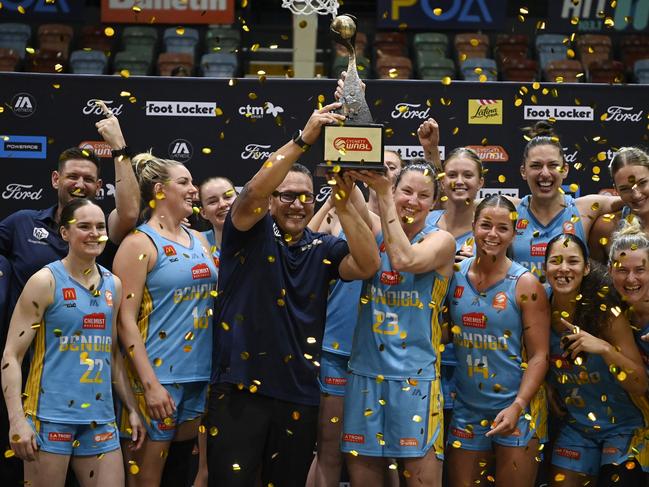
“We’re committed to eight teams in the league and whether or not that will be Adelaide is yet to be seen,” Sager said.
“We have no shortage of possibilities, which is really exciting.
“We’ve got to bring our eighth club on board first before we can open up free agency but we’re hoping to do that within the next couple of weeks (and) we’d really like to get free agency open in the next few weeks.
“Last year it opened up in June, so we definitely don’t want to push things beyond that.”
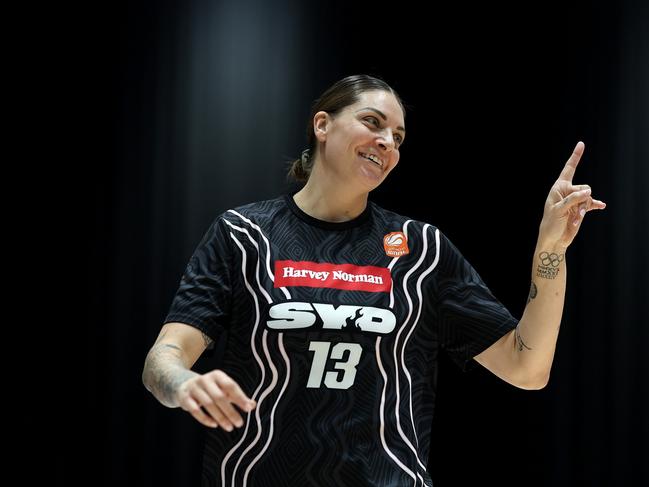
Code Sports has confirmed the new CBA has provision for two marquee players, with only a portion of their contracts counting toward the salary cap. The first marquee must be a local, while the second can be an import; however, they must fulfill certain criteria aimed at increasing the talent level in the WNBL. This includes being a high level WNBA player, or member of the Opals or a member of All-WNBL first or second team.
Teams will pay a ‘luxury tax’ if they exceed the salary cap, understood to be 25 cents per dollar, up to 15 per cent, rising to $1.50 per dollar if they are over the cap by 50 per cent or more.
The CBA provides dedicated funding for the Australian Basketball Players’ Association’s wellbeing and engagement services, which starts at $52,000 and grows to $136,000 by year four and gives players access to mental health support, career development, and personal wellbeing programs.
It’s understood some club owners are frustrated by the lack of consultation afforded them during the negotiation of the new CBA.
More Coverage
Originally published as WNBL CBA 2025: New women’s league unveils Collective Bargaining Agreement





